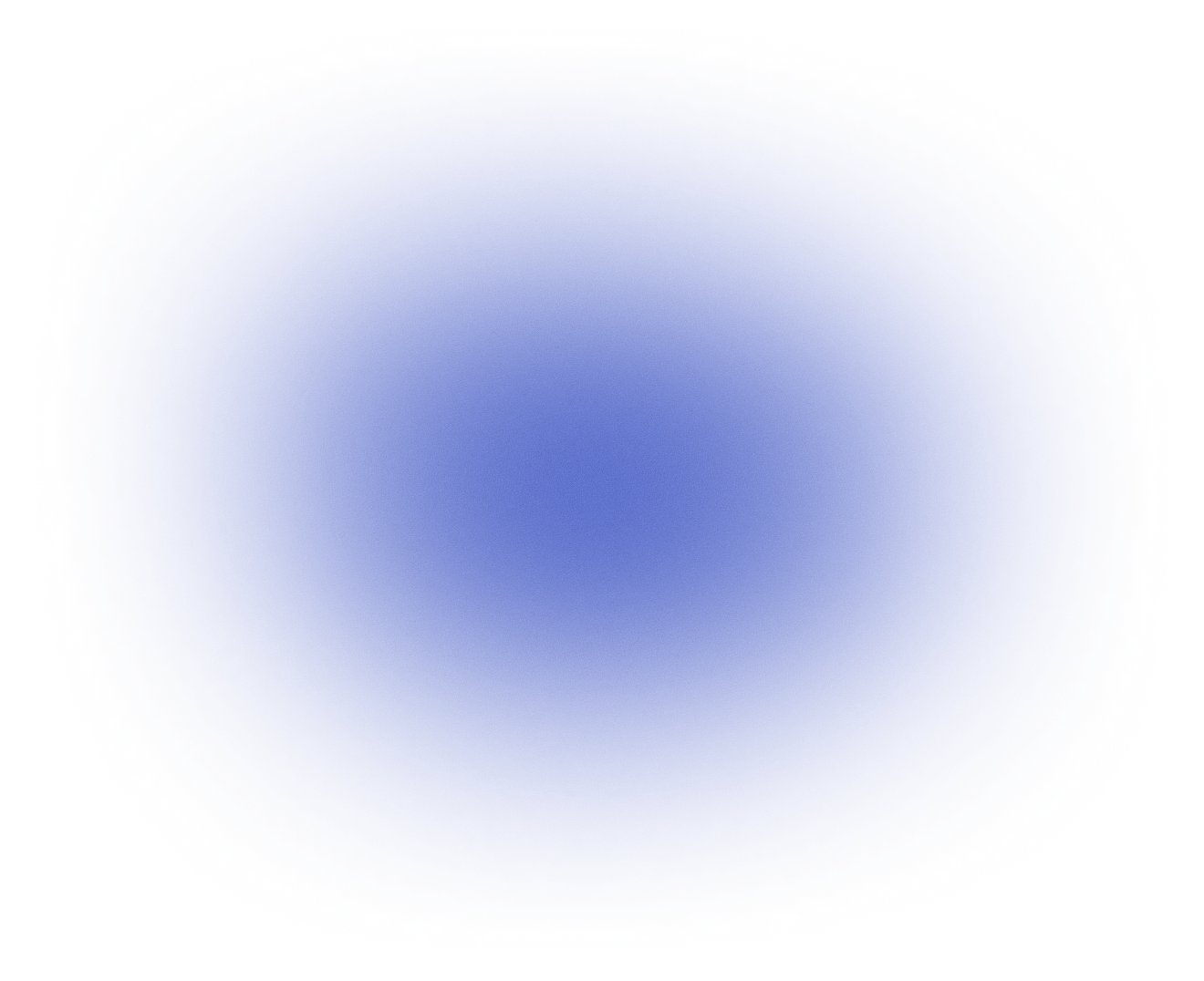Every brand starts with a promise. But before your audience reads a single word of copy, before they explore your services or products, they experience your brand visually. And at the core of that visual identity? Color.
Color palettes are more than an aesthetic choice. They create first impressions, communicate personality, and shape whether your brand feels trustworthy, bold, approachable, or luxurious. Get your colors wrong, and even the most beautiful design will feel off. Get them right, and your brand becomes unforgettable.
At Polished Code, we believe brand visuals should be strategic, not random. That means your palette shouldn’t be chosen because you “like blue” or “saw green trending.” It should be intentional, tied directly to your brand strategy, and crafted to convert.
That’s why we’ve distilled the chaos of color theory into 3 unbreakable rules. Whether you’re building a new brand identity or refining an existing one, follow these and you’ll choose colors with confidence.
Rule 1: Know the Wheel Before You Break the Rules
You can’t build a strategic palette without understanding the fundamentals of color relationships. The color wheel—made of primaries, secondaries, and tertiaries—is where it all begins.
The Basics
- Primary Colors: Red, blue, yellow. The source of all other hues.
- Secondary Colors: Orange, green, purple—born from mixing primaries.
- Tertiary Colors: The “in-betweens” like red-orange, yellow-green, blue-purple.
Why It Matters
Color relationships aren’t random. They affect how palettes feel:
- Analogous schemes (colors side by side on the wheel) feel harmonious and sophisticated.
- Complementary schemes (colors opposite each other) create high contrast and energy.
- Triadic schemes (three evenly spaced colors) balance variety with cohesion.
A skilled designer uses these relationships intentionally. Want a calm, unified palette? Analogous is your friend. Need energy and emphasis? Complementary contrast does the work.
�Conversion takeaway: Color theory isn’t about “looking good.” It’s about directing attention—to buttons, forms, CTAs—so your website guides visitors naturally toward action.
Rule 2: Color Combinations Shape Brand Personality
Every color carries meaning. And when combined, those meanings blend into a personality your audience immediately senses—even if subconsciously.
Examples of Color Pairings
- Red + Blue: Urgency + trust → high-energy stability (used by banks and athletic brands).
- Green + Yellow: Growth + optimism → eco-friendly vibrancy (perfect for sustainability brands).
- Purple + Gold: Creativity + prestige → luxury and imagination (common in premium goods).
Analogous: Smooth and Modern
A trio like teal, blue, and navy creates sophistication and unity—perfect for professional services.
Complementary: Bold and High-Contrast
Think orange + blue. The sharp contrast creates instant emphasis—great for CTAs like “Buy Now” buttons.
Triadic: Versatile and Balanced
A set like red, yellow, and blue offers flexibility across platforms while keeping cohesion.
Conversion takeaway: Don’t pick colors because they’re pretty. Choose them because they tell the story your brand needs customers to hear.
Rule 3: Color Psychology Converts
Color isn’t just visual—it’s psychological. Research shows color influences emotions, and emotions drive decisions. That means your palette literally impacts conversions.
Quick Guide to Color Meanings
- Red: Urgency, power, excitement (think sales banners).
- Blue: Trust, stability, professionalism (used in tech and finance).
- Green: Growth, nature, health (eco brands, wellness).
- Yellow: Optimism, warmth, creativity (caution: overuse feels cheap).
- Purple: Luxury, imagination, spirituality.
- Black: Sophistication, power, modern minimalism.
- White/Neutrals: Clarity, space, simplicity.
Why It Works
Your audience makes snap judgments. Within 90 seconds of interacting with a brand, up to 90% of that impression is based on color. Strategic palettes leverage psychology to ensure those first impressions align with your goals.
Conversion takeaway: Use color to engineer trust, urgency, and desire—then direct those emotions toward action.
Bonus Rule: Neutrals Are Non-Negotiable
Too many brands chase bright, flashy palettes and forget the quiet heroes: neutrals. White, black, gray, beige, or soft muted tones give the brain a break.
Neutrals create balance. They make vibrant colors pop. They ensure websites don’t overwhelm. They keep brand systems scalable across print, digital, and merchandise.
Conversion takeaway: Without neutrals, your audience doesn’t pause—they leave. With neutrals, they stay, engage, and convert.
Bringing It Together: Building a Palette That Performs
Color is never “just design.” It’s strategy. It impacts how your brand is perceived, how your website performs, and whether your marketing connects or misses.
At Polished Code, we craft palettes that:
- Reflect brand personality.
- Build trust and recognition.
- Direct attention to conversion points.
Because your colors should do more than look nice—they should work.
The Bottom Line
Choosing a color palette isn’t about trends or personal preference. It’s about strategy. When you:
- Understand the color wheel,
- Choose combinations that reflect personality,
- Apply psychology to drive emotion and action,
…you create a palette that feels intentional, professional, and memorable.
If you’re ready for a palette designed to convert—not just impress, let’s talk. Schedule a call with Polished Code and we’ll build a visual identity that fuels your growth.


